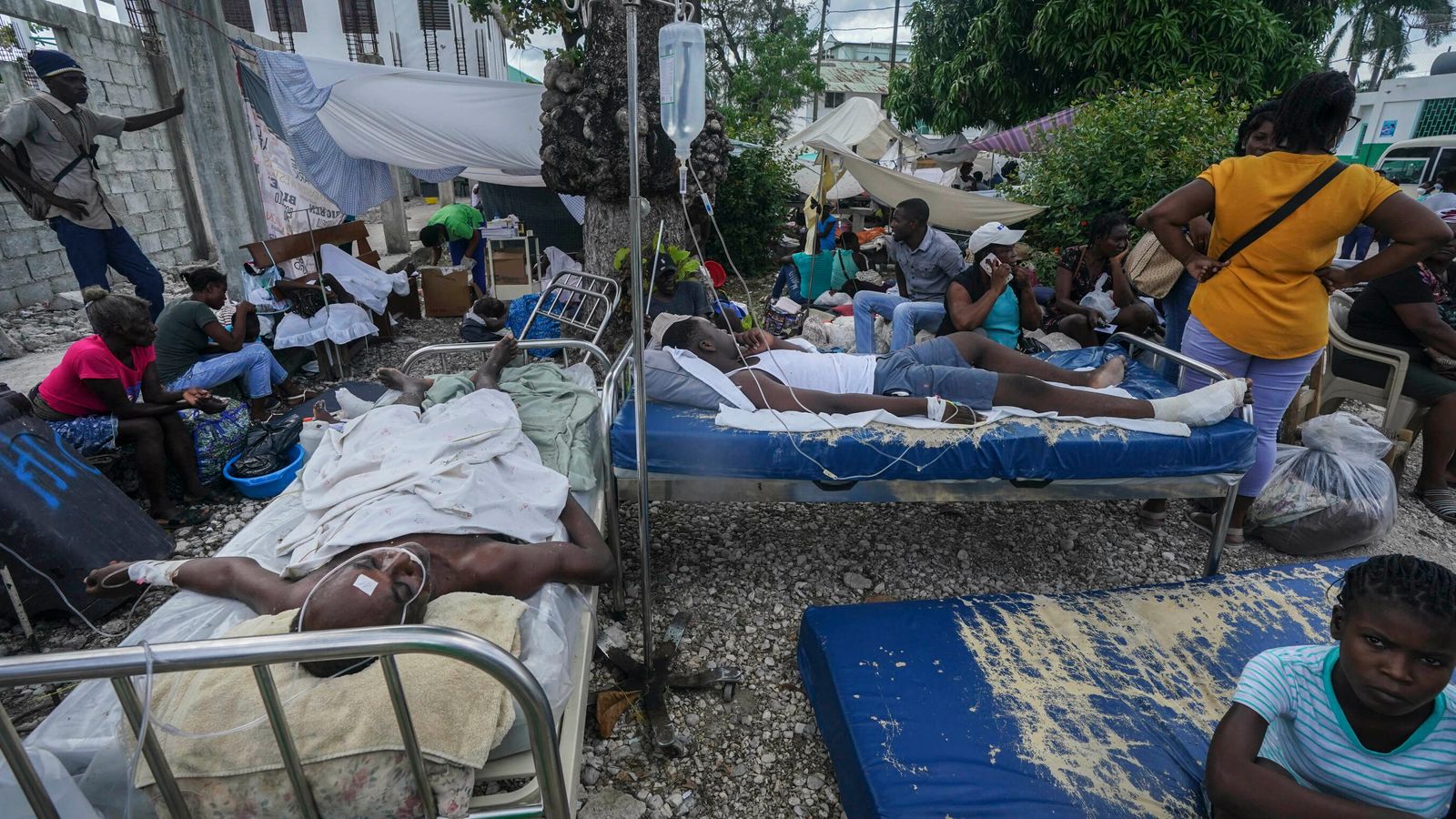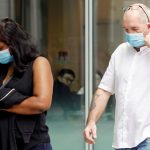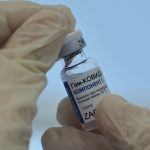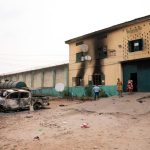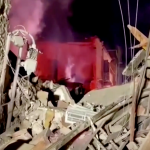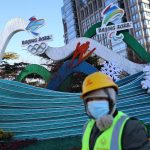Haiti has been hit by a tropical storm just two days after a powerful earthquake killed and injured thousands of people.
Tropical Depression Grace regained storm status overnight as it swept over the Caribbean nation, bringing heavy rain and strong winds of around 35 mph (55 kph) to country’s southwestern area, hit hardest by Saturday’s quake.
Officials warned that rainfall could reach 15in (38cm) in some areas before the storm moves on, hampering rescue efforts and overwhelming already stretched hospitals.
The storm arrived on the same day that the country’s Civil Protection Agency raised the death toll from the earthquake to 1,419 and the number of injured to 6,000.
Grace raised the threat of mudslides and flash flooding as it slowly headed toward Jamaica and southeastern Cuba on Tuesday.
Officials said the magnitude 7.2 earthquake left more than 7,000 homes destroyed and nearly 5,000 damaged, leaving some 30,000 families homeless. Hospitals, schools, offices and churches also were destroyed or badly damaged.
The epicentre of the quake was around 78 miles west of the capital of Port-au-Prince, where a 2010 earthquake killed more than more than 200,000 Haitians, the US Geological Survey said. Aftershocks continued to jolt the area up until Sunday.
“We need to get prepared. It’s going to bring a lot of flooding … and it’s going to hamper rescue efforts,” warned Jean William Pape, a Haitian doctor who is involved in the earthquake response.
“We are in an exceptional situation,” added Prime Minister Ariel Henry on Monday afternoon as the storm approached.
A hospital in the badly damaged town of Les Cayes was so crowded with patients after the earthquake that many had to lie in patios, corridors, verandas and hallways, but the approaching storm had officials scrambling to relocate them as best they could.
Dr Paurus Michelete, who was one of only three doctors on call when the quake hit, said pain killers, analgesics and steel pins to mend fractures were running out.
Josil Eliophane, 84, crouched on the steps of the hospital, clutching an X-ray showing his shattered arm bone and pleading for pain medication.
Dr Michelete said he would give one of his few remaining shots to Mr Eliophane, who ran out of his house as the quake hit, only to have a wall fall on him.
Elsewhere in the town rescuers searched for survivors in the rubble of a collapsed hotel where 15 bodies have been recovered.
As work, fuel and money ran out, desperate Les Cayes residents combed collapsed houses for scrap metal to sell. Others waited for money wired from abroad, a mainstay of Haiti’s economy even before the quake.
Those in a refugee camp struggled to shelter and protect their belongings under Grace’s heavy rain.
Please use Chrome browser for a more accessible video player
In the city of Jeremie, police commissioner Paul Menard denied a social media report about looting.
“If it were going to happen, it would have been on the first or second night,” Mr Menard said.
The earthquake is the latest disaster to befall the Western Hemisphere’s poorest nation.
Haitians were already struggling with the coronavirus pandemic, gang violence, worsening poverty and the 7 July assassination of President Jovenel Moïse.
Structural engineers from Miyamoto International, a global earthquake and structural engineering firm, visited hard-hit areas Monday to help with damage assessment and urban search and rescue efforts.
Chief among their duties was inspecting government water towers and the damaged offices of charities in the region, according to CEO and president Kit Miyamoto.
Mr Miyamoto said he has seen places devastated by earthquakes build back stronger. He said the destruction in Port-au-Prince from the 2010 tremor led masons and others to improve their building practices but that this wasn’t happening everywhere.
“Port-au-Prince building is much better than it was in 2010 – I know that,” Mr Miyamoto said.
“It’s a huge difference, but that knowledge is not widespread. The focus is definitely on Port-au-Prince.”
